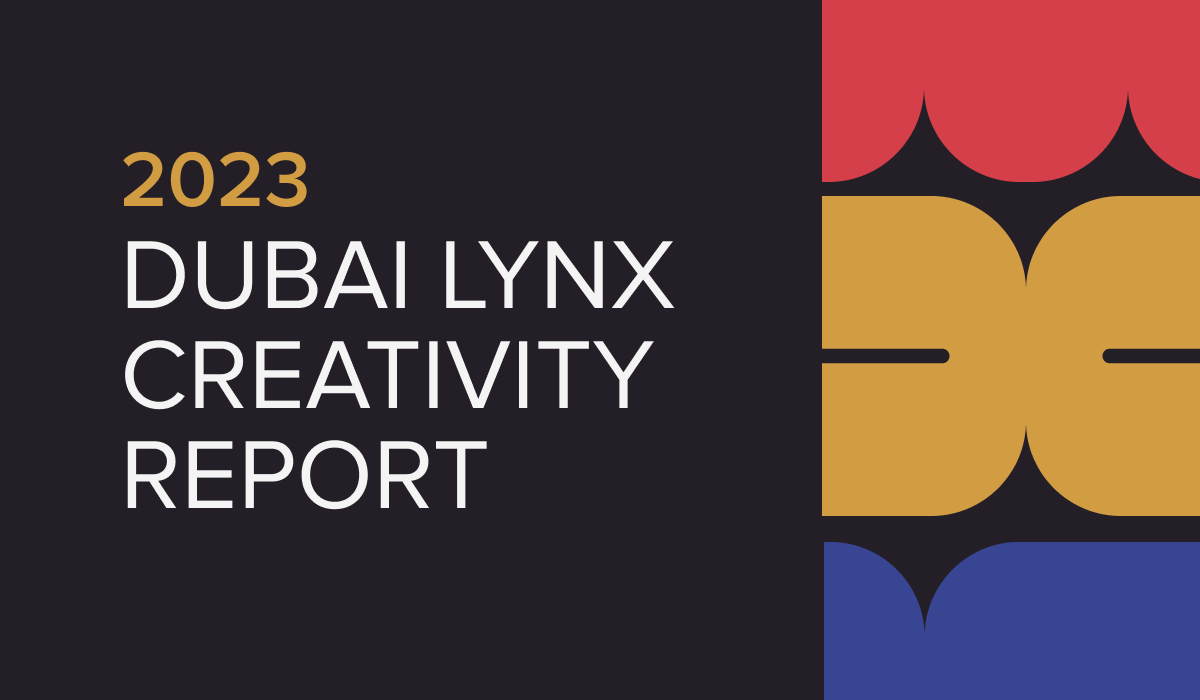By Ralph Tathagata
As the world crossed the two-year mark of COVID-19 pandemic, the global economy has rebounded from the depths of mid-2020. The International Monitoring Fund (IMF) projected global GDP to grow 4.9% in 2022, a downtick from the 5.9% growth expected in 2021, but still formidable.
However, for brands or businesses to be part of the projected global growth, they must reinvigorate, reposition, innovate and promote new values and growth. Brand or business leaders that come up with, or listen to creative ideas, and then use strategic planning and decision-making to implement the new product or business ideas successfully are said to be innovative. When a brand or business innovates, it can either improve its existing products, processes, or methodologies, or it can create new ones from scratch.
According to Howard Schultz, chairman and chief executive of Starbucks for over 20 years, “Innovation must be disruptive. And by disruptive, I mean disruptive. You have to fracture and break the rules and disrupt.”
There isn’t just one way for brands and businesses to innovate. From revenue to business and to industry models, successful innovation helps brands stay ahead of the competition. When organizations choose revenue-model innovation, they may choose, for example, to create innovative products, stop selling certain products, make changes to their supply chain, sell to new customers, or change the prices of their offerings.
Meanwhile, business-model innovation involves business owners looking at their overarching business model for places to implement innovative solutions, their business processes, their business strategy, their mission statement, the technologies they use, and the businesses that they partner with. When organizations choose business-model innovation, they may choose, for example, to create a strategic alliance with another business, to update the software that they use, to accept venture capital financing, or to go from selling at a physical storefront to selling online.
On the other hand, industry-model innovation involves business owners looking at their industry model for places to innovate the industry they currently work within and what potential industries they could transition to. When organizations choose industry-model innovation, they may choose, for example, to market their product to an entirely different industry or even to create a new industry to align with their mission and products. With the help of new technologies, they have been able to optimize their businesses and gain advantage over competition.
With globalization and a rapidly changing market, there are more competing brands than ever before. Any brand that fails to innovate will not add value and will definitely plateau. Only innovative thinking can help brand owners predict the market and keep up with the ever-changing and dynamic customer needs and behaviour. So any brand that doesn’t innovate will watch its innovative counterparts bring new ideas to the marketplace, and will have to scramble to keep up.
Brand innovation that occurs before competitors can allow for a larger sustainable competitive advantage, can be maintained over a longer period of time by the leading innovative brand. Innovating ahead of competitors leaves your loyal customers with the opportunity to be the first ones with the latest and greatest product on the market. It must be noted, however, that innovation isn’t a guaranteed success. There are several factors that may prevent innovation from being successful, and brands have to keep those factors in mind before taking the leap.
Innovation also takes time, and the time that businesses spend innovating is time that they are not using to focus on their current products, marketing, and sales. In order not to risk failing to meet their quotas and falling behind on their schedule, losing profits and the trust of customers and investors, brands and businesses must implement their innovations quickly.
For some brands, growth and expansion mean extending into new categories while refreshing their assets with an updated, contemporary style to re-engage consumers/ customers and staying relevant in a fast-paced culture. For others, the expansion translates into spreading out their capabilities and offerings to attract a wider clientele and allowing for incremental growth. It simply means grabbing any opportunity to showcase new growth and expansion.
Brands and businesses that use key consumer insights to better understand consumer needs will always stay ahead of competition. Ultimately, understanding what consumers want, keeping pace with their dynamic behaviours, and knowing what competition is doing will always help innovative brands and businesses stay ahead of the curve, and avoid market stagnation.







Comment
No comments found.